Proper Use and Care of Your Microwave
Keep you and your microwave happy!
Microwaves are more than just an appliance we use to heat or reheat food from our fridge – they’re used to revive stale bread, cook bacon, and even cook corn on the cob! Because we get so much use out of our microwaves, it’s important to use the proper cookware, keep them clean, and know when to call for help.
Proper Microwave Cookware
Using cookware and cooking materials that are microwave-safe isn’t simply a preference or recommendation, it’s a necessity. Ensuring that you put materials that are safe to be inside your microwave is extremely important because it can mean the difference between nice, warm food or your entire microwave catching fire.
Common microwave-safe dishware materials are:
- Ceramic: This is usually some form of porcelain in plates, cups, bowls and more.
- Glass: Cups, bowls and even plates made of glass are completely microwave safe.
- Plastic: Take-out containers, bowls, plates and almost every dishware imaginable come in a plastic form.
Common dishware materials that are not safe are:
- Metal or Stainless Steel: Dishes with metal rims or stainless-steel travel mugs will not only cause fires, they'll prevent your food from heating because the metal reflects the heat.
- Aluminum foil: This will reflect the energy of a microwave instead of absorbing it, which can create sparks or even a fire.
- Single-Use Plastics: Bags or certain containers contain BPA which is a material that will melt and release deadly chemicals into your food.
- Styrofoam: This will not only melt easily, it will also release chemicals into your food.
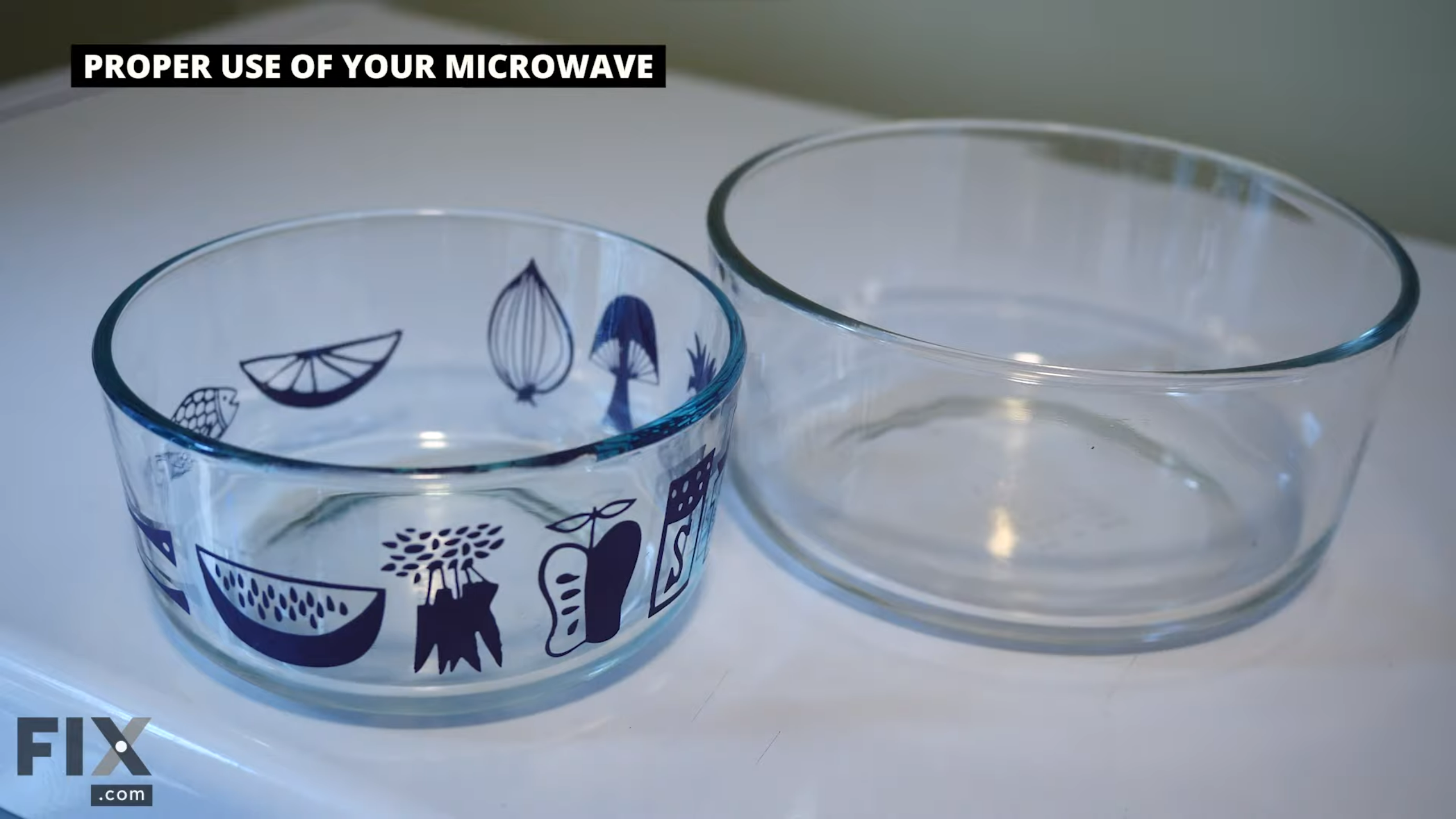
Common Do’s and Don’ts for Microwaves
Some of these may seem obvious, and some may not. In any case, microwaves are still very powerful and capable appliances BUT there are just certain things you do not do with a microwave, such as…
Don’t: Use Your Microwave Empty
Believe it or not, microwaving without any contents inside is not only costly but dangerous, too. When you microwave without any contents inside, it causes all of the energy that’s produced by the magnetron to be absorbed by the other internal components like the glass, protective plastic and metal casings, and the magnetron itself.
Those components are not meant to be exposed to and absorb energy of that nature, which can normally lead to them failing and needing to be repaired or replaced. The issue is that those components are normally also the most expensive components you have to replace, so if you need to use your microwave as a timer, check your user manual for the specific method and button combination.
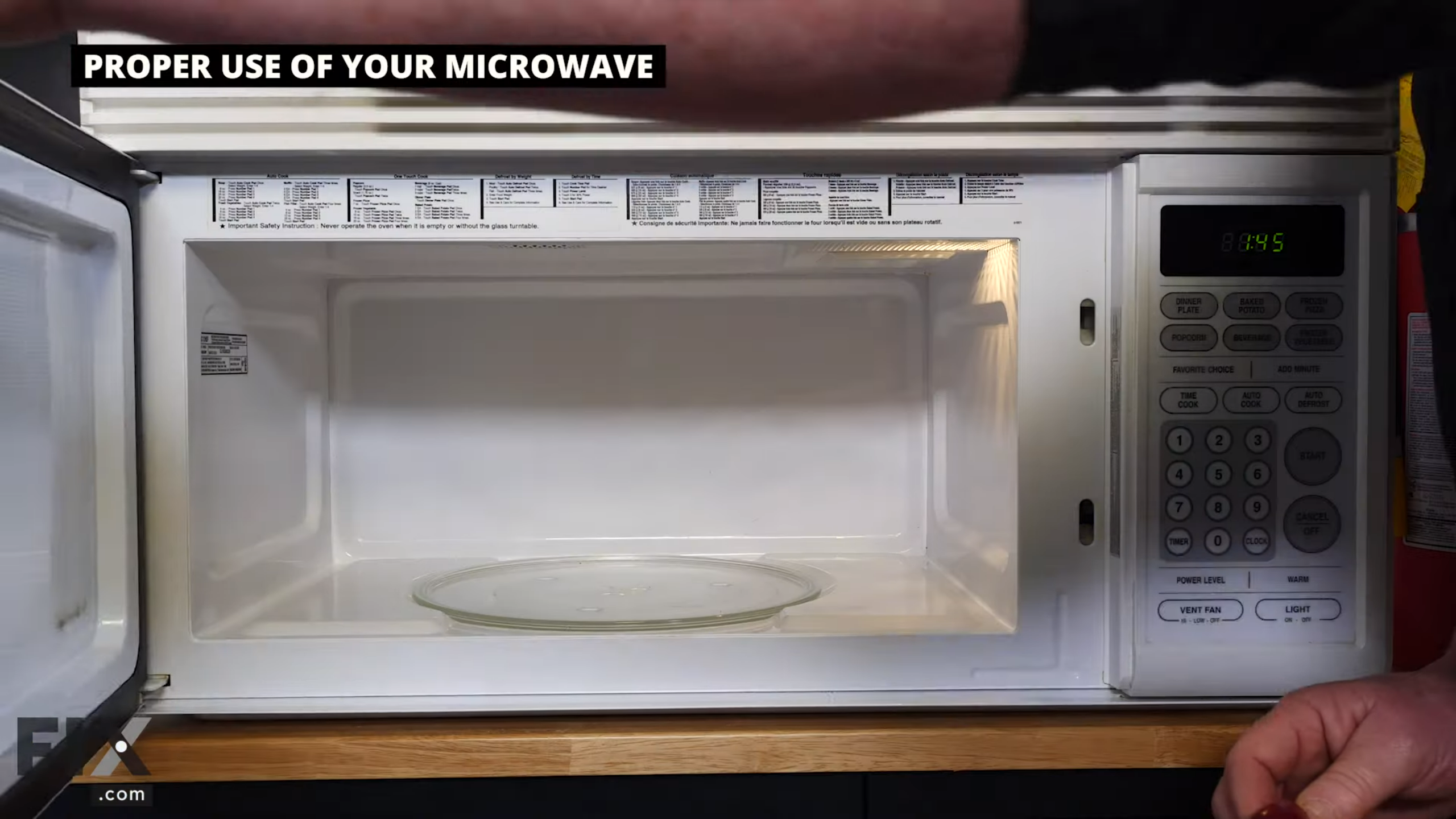
Do: Use Program Cooking Times
Many people rarely use features like the programmed cooking times, but they’re actually designed specifically for certain food items for a reason. Programmed cooking times use energy more efficiently to reduce energy loss and cook your food with more effectiveness. For example, using programmed cooking times for microwaveable popcorn will allow more kernels to pop and also reduce the amount of burnt popcorn.
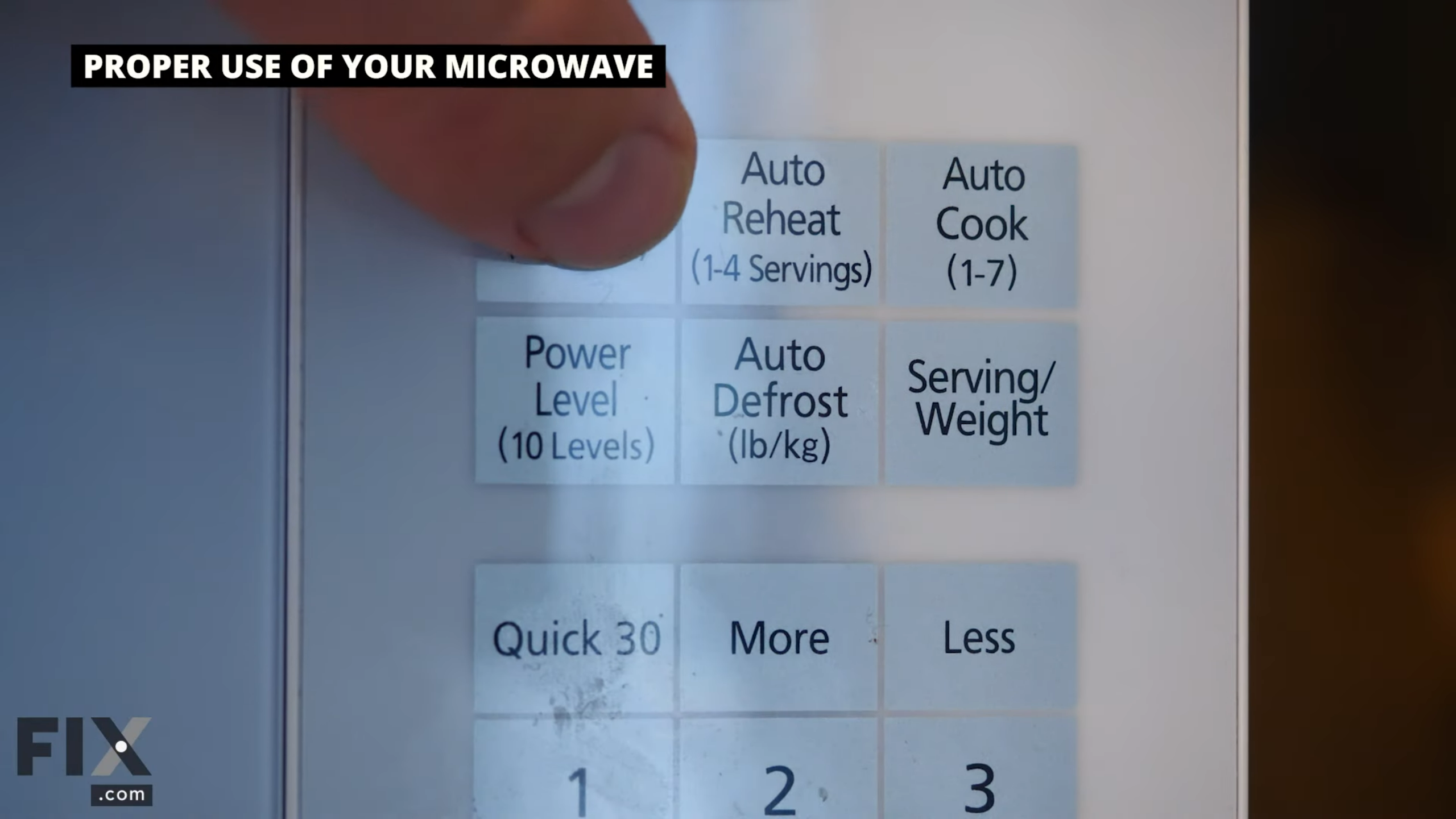
Don’t: Cook All Food For The Same Amount of Time
Normally, you just shove your food into the microwave, set a timer and go about your day – but that can be inefficient and more work in the long run. Different foods require different levels and temperatures of cooking. Denser and more solid foods cook differently than less dense foods. This means that when you cook steak, green beans, and potatoes, for example, they will each cook differently from each other and you will likely overcook one or more food items until the densest food item is cooked fully.
Do: Stir Your Food Frequently
Although most feature a turn-table inside to evenly distribute the heat through the food items, it is highly recommended that you stir your food every other minute. Getting an even distribution and spread of heat throughout the food ultimately depends on which foods are being microwaved. Simply leaving the food to turn will only heat it so much, and stirring it will not only allow other sections to be exposed, but will also eliminate any cold spots where bacteria could be thriving.
How to Clean Your Microwave
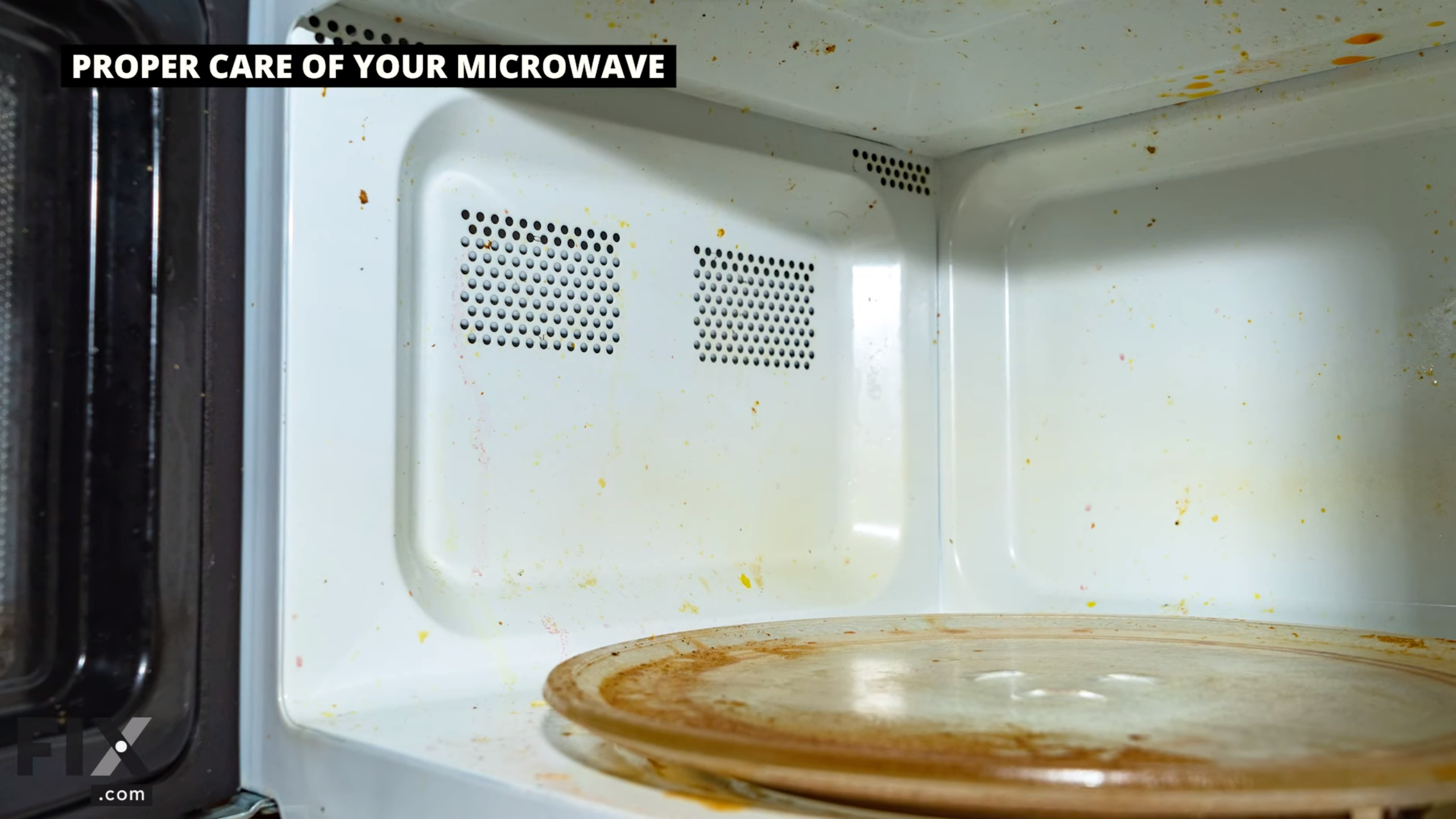
Cleaning your microwave not only extends its longevity, but ensures that before and after every use, it’s clean and free of any food splatters. If food splatters are left for long enough, they will eventually absorb the energy from the microwave, and cause burn spots. In some cases, they can eventually begin to damage the internal components themselves. Things you can do regularly to ensure your microwave is always in its cleanest state are…
- Wipe any spills or splatters: If food spills, clean it up when it happens and don’t let it linger.
- Clean the interior: At least once a week, remove the glass tray and clean it with soap and water.
- Deep clean: In addition to its interior, give it a thorough cleaning of its door and outside, including the touchpad.
- Water/vinegar solution: If the interior of your microwave has some seriously tough spots, microwave a 1-1 solution of water and vinegar for 3 minutes. Any nasty spots should wipe right off!
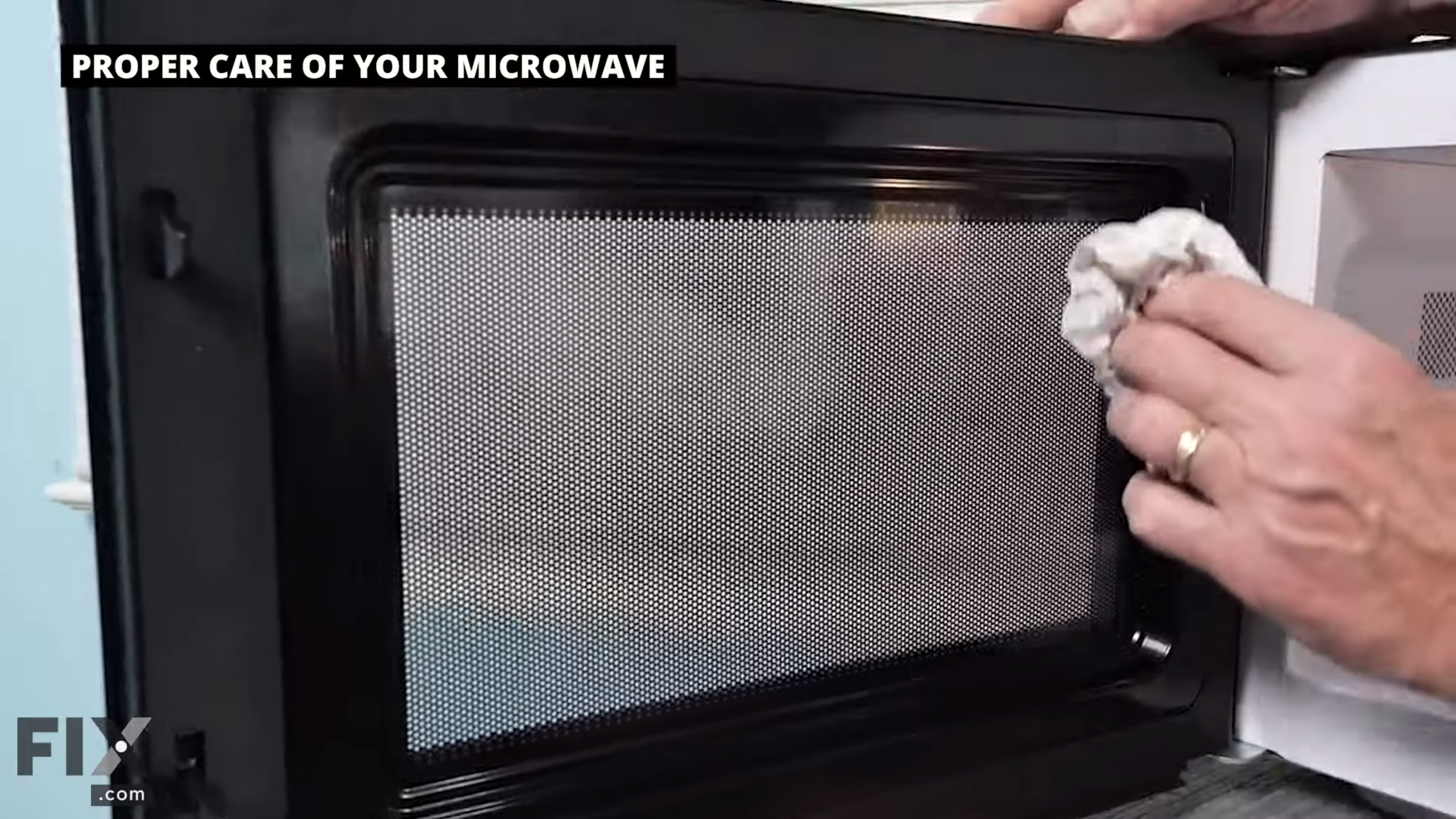
When To Repair Your Microwave
It’s okay to admit when you need some help, especially with an appliance like a microwave that has several moving parts that can overwhelm a lot of folks. Finding and replacing parts like lightbulbs, filters or trays are fairly simple and can even be done by the least experienced DIYer. But when it comes to even more complex and hazardous parts like magnetrons, capacitors, or circuitry, it’s recommended that unless you have experience with electronics like that, you should contact a certified repair technician. But if you feel like you are up for the task, make sure to practice all safety precautions, use the proper equipment, and follow our Fix.com repair guides to help you along each step of the way!
With just a few simple steps, you can easily become a certified amateur microwave repair person! Knowing more about the appliances that you use the most helps you not only when things go wrong, but to keep them working as efficiently as possible! Check out our other home improvement guides so you can keep not only your microwave but your other home appliances in tip-top shape all year round!
